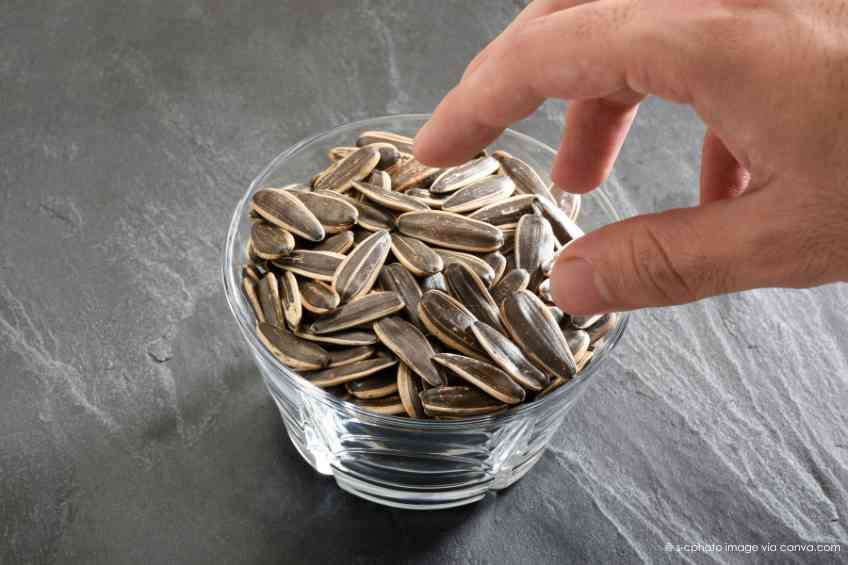The Skinny
There are obviously of a lot of great things in food from minerals to nutrients, vitamins and proteins that help to keep people humming along. Unfortunately, food can also serve up a number of illnesses, some of them pretty serious in nature. And just like the good things that food contains; these foodborne illnesses aren’t apparent to the naked eye. This means people don’t know they’re in trouble until after they’ve munched down. WellWell has identified some of the more common, though still serious, foodborne illnesses as a way of helping to identify what ails us early on.
The Slate
E. Coli
Escherichia coli, better known as E. Coli, is a bacteria species and can live in human intestines. Not all varieties are harmful, but some types can cause severe illness. It can enter the body through contaminated food or water. At times it has ignited major regional disease problems. Thankfully, protection comes from safe food handling practices, cooking meat thoroughly and avoiding unpasteurized—raw—milk and unpasteurized juices such as fresh apple cider.
Norovirus
This little illness is responsible for millions of cases of food poisoning each year thanks to its commonly known pathogen, the Norwalk virus (aka norovirus). It is a resistant and easily transmissible little bugger. Those already infected can pass it on to others through the food or drinks they prepare. It can also survive on contaminated surfaces and holds up well to hot or freezing temperatures. To make matters worse, it is resistant to many disinfectants, those with chlorine or alcohol.
Salmonella Typhi (typhoid)
Salmonella is a severe and deadly killer that lurks in food and water contaminated by sewerage. It can be eliminated via cooking or boiling foods and water, but it isn’t affected by the cold. With treatment, the mortality rate of about one to two percent. Without treatment, it can kill up to a third of those infected.
Shigella
Shigella is a nasty bacterium that leads to perhaps a half-million cases of severe diarrhea every year. The culprit is poor hygiene that is passed from person to person and through the foods infected people deal with. Beyond food preparation, Shigella is often found in salads and water that hasn’t been sanitized.
Campylobacter
Campylobacter is another trigger for diarrhea that usually is passed on by eating raw or undercooked poultry and meat. It can also spread via cross-contamination of other foods. Freezing does help but won’t kill it off completely, which is why cooking food properly is so important. On another note, the disease tends to surface most in summer and impacts infants and young children more than others.
Clostridium Perfringers
Clostridium perfringens is a strong bacterium that is often found in human and animal intestines, among other areas. It hits about a million people annually in the United States, according to The Centers for Disease Control and Prevention. This makes it one of the most common causes of food poisons. Not only can it survive and grow in tough conditions, but some strains also generate harmful toxins.
Hepatitis A
Hepatitis A virus is well recognized and is passed about through foods handled by an infected person or from someone eating contaminated raw shellfish. It causes jaundice or a yellowing of the skin and can also result in liver failure. It can be particularly difficult to control because symptoms may not appear until two weeks to two months after someone is infected. Vaccines are available and recommended for adults and children.
Eyes Up
What other foodborne illnesses should we be watching out for? Let us know at info@wellwellusa.com.
WellWell editors independently identify services and products of interest. If readers purchase anything through the associated links, WellWell may earn a commission, which goes to support our work. Learn More.













